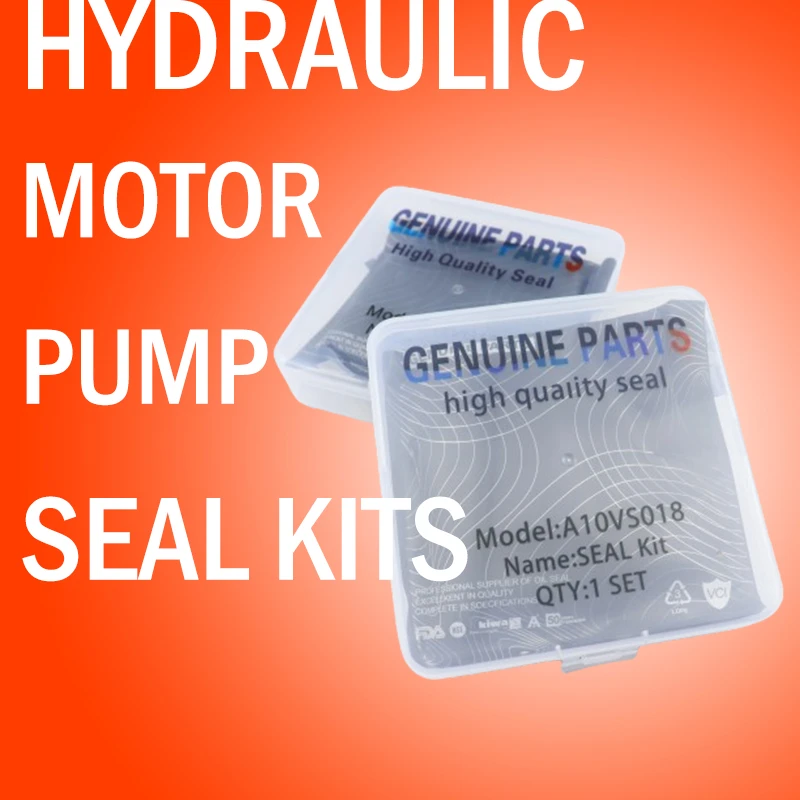Septemba . 29, 2024 06:58 Back to list
Understanding Hydraulic Seal Applications and Benefits in Fluid Power Systems
Understanding Hydraulic Seals A Key Component in Fluid Power Systems
Hydraulic seals play a crucial role in the efficient operation of hydraulic systems, which are widely used across various industries, including automotive, manufacturing, and aerospace. These seals are designed to prevent fluid leakage, protect critical components from contamination, and maintain system pressure. This article explores the importance of hydraulic seals, their types, materials, and applications, highlighting why they are essential for the reliability and efficiency of hydraulic systems.
What Are Hydraulic Seals?
Hydraulic seals are specialized components that create a barrier between moving parts in hydraulic systems. They seal the gaps between the piston and the cylinder or the rod and the housing, ensuring that hydraulic fluid remains contained within the system. This containment is critical for maintaining the overall efficiency and functionality of hydraulic machinery where pressure generation is involved.
Types of Hydraulic Seals
There are several types of hydraulic seals, each designed for specific applications and operating conditions
1. Rod Seals These seals are found in hydraulic cylinders. They prevent hydraulic fluid from leaking out of the cylinder while allowing the piston to move up and down. Rod seals are designed to handle both dynamic and static applications.
2. Piston Seals Similar to rod seals, piston seals are used in hydraulic cylinders but focus on preventing fluid from escaping while the piston is in motion. They are crucial for maintaining pressure within the system.
3. Wipers Wiper seals are designed to prevent dirt and debris from entering the hydraulic cylinder. They remove contaminants from the rod surface during the retraction of the piston, thus protecting the internal components from wear and damage.
4. Back-up Rings These seals support the primary sealing elements by preventing extrusion, which can occur under high pressure. They are mainly used in conjunction with other seals to enhance performance and longevity.
Materials Used in Hydraulic Seals
hydraulic seal

The choice of material for hydraulic seals is vital for their functionality and durability. Common materials include
- Nitrile Rubber (NBR) Known for its excellent resistance to petroleum-based fluids and temperature extremes, NBR is a popular choice for a wide range of hydraulic applications.
- Polyurethane This material offers high wear resistance and resilience, making it suitable for applications with high pressure and dynamic movement.
- Fluoroelastomers (FKM) These are often used in high-temperature applications or environments containing aggressive chemicals due to their superior resistance to heat and chemical degradation.
- PTFE Known for its low friction properties, PTFE (polytetrafluoroethylene) is used in applications requiring minimal resistance along with excellent chemical resistance.
Applications of Hydraulic Seals
Hydraulic seals are used in various applications across different industries. In the automotive industry, they play a vital role in hydraulic braking systems and steering systems, ensuring safety and performance. In manufacturing, hydraulic seals are essential in industrial machinery, where they prevent leaks and maintain pressure for operations like metal forming or plastic injection.
In the aerospace sector, hydraulic seals must meet stringent quality control standards due to the critical nature of flight operations. They are used in landing gear and control systems, where any leakage can lead to catastrophic failures. Additionally, hydraulic seals are widely utilized in construction machinery, where heavy equipment relies on hydraulic power to perform functions such as lifting and digging.
Conclusion
Hydraulic seals are an indispensable component in the realm of hydraulic systems. Their ability to prevent leaks, protect against contamination, and maintain system pressure ensures the reliability and efficiency of machinery across various industries. As technology advances and new materials emerge, hydraulic seals will continue to evolve, providing greater performance and durability to withstand the demands of modern applications. Understanding hydraulic seals is essential for anyone involved in the design, maintenance, or operation of hydraulic systems, as their proper selection and installation are key to ensuring optimal performance and longevity.
-
Unlocking the Potential of Hydraulic Systems with Essential Sealing Solutions
NewsAug.06,2025
-
Unleash the Power of Your Hydraulic Systems with Our Premium Seal Kits
NewsAug.06,2025
-
Specialized Hydraulic Seal Kits for Breakers, Pistons, and Presses
NewsAug.06,2025
-
Revitalize Hydraulic Systems with Premium Repair and Seal Kits
NewsAug.06,2025
-
Fortify Your Cylinders with Premium Sealing Solutions
NewsAug.06,2025
-
Elevate Hydraulic System Reliability with Specialized Seal Kits
NewsAug.06,2025
-
TCN Oil Seal Metal Ring Reinforcement for Heavy Machinery
NewsJul.25,2025
Products categories
















